What is a smart high bay light
A smart high bay light is an interoperable LED lighting system that incorporates processing capabilities, firmware, and connectivity to support data-driven automated lighting solutions. The intelligent, connected luminaire can leverage data collected from occupancy or daylight sensors, network controllers, personal control devices (e.g., smartphones, tablets), third party systems, or any combination of these, to dynamically adapt its operation with the changing contexts. The digital transformation in lighting opens up a huge new range of possibilities to enhance the value of lighting systems, improve the utilization of the space, and create an environment that maximally satisfies occupant needs. With computing and Internet connectivity brought into lighting systems, the lighting infrastructure of industrial and commercial facilities has evolved from a fixed expense to a strategic asset. The cyber-physical integration in high bay lights affords facility managers an opportunity to take a holistic approach to delivering exceptional levels of energy effectiveness along with high-quality illumination.
High bay lighting applications
High bay lights are industrial luminaires designed to produce general illumination over a high clear height in spaces having large geometries. A significant portion of indoor or covered real estate in the public, industrial and commercial sectors makes use of high bay lights to create the critical luminous environment. High bay lighting equipment is of particular use in supplying optimal visual conditions for manufacturing facilities, warehouses, distribution centers, cold storage facilities, big box retail stores, convention centers, exhibition halls, transportation terminals, airport hangars, sports arenas, recreation centers, training facilities, and gymnasiums. Many different considerations must be balanced when selecting a lighting solution for these buildings. Lighting equipment installed in these locations needs to deliver light of appropriate quantity and quality, ensuring the comfort, safety and performance of people using the spaces. At the same time, operating conditions prevalent in these facilities can create lighting challenges and inefficiencies. High visibility requirements, long operating hours, and the burden of illuminating large areas from higher-than-normal ceilings make high bay lighting a drain on resources. In addition, hard-to-reach installations present maintenance hardships. All these issues directly affect the bottom line.

Great lighting addresses every need
Under the mounting pressure from sustainability and life cycle impacts of the lighting infrastructure, maintaining tight control of costs and getting the most from lighting can mean the difference between profit and loss. High bay lights are the most energy-intensive systems among indoor lighting products and consume power which over time can be overwhelming. As a result, energy efficient lighting is always a design priority. On the other side, high bay lighting is expected to contribute to a pleasant, comfortable and engaging environment. A poorly illuminated industrial facility is an environment ripe for absenteeism, errors and accidents, whereas high quality illumination can result in a safer, happier and more productive environment. In retail, sports and public facilities, lighting has a direct impact on the human experience. Great lighting can create an attractive atmosphere, reinforce value proposition, and leave people a positive impression that lasts. The visual needs of building occupants are complex and go beyond basic illumination for vision and visibility. The psychological and physiological effects of light have a profound influence on human health, well-being, mood, feeling, motivation, emotion and social communication. Indoor lighting with high bay lights may be deemed of multidimensionality if it takes non-visual effects of light into account.
LED technology is profoundly changing the landscape
The effort to address the challenges starts with lighting technology. The use of high intensity discharge (HID) lighting was ubiquitous for high bay applications in the past, but it nearly drove facility managers mad in struggling with excessive energy consumption and expensive lighting maintenance. While metal halide lamps produce a significant amount of light, it’s hard to achieve uniform lighting distribution over a large area with this type of light source and there is a high optical loss associated with the lamp-based light fixtures. Not surprisingly the amount of useful lumens produced from HID high bay lights is pitifully inadequate for compliance with ever-changing energy codes. Furthermore, the steep lumen depreciation and fire hazards of HID lamps lead to a short useful life. Within the lighting industry, LED technology has become the standard and is already fulfilling the promise of energy efficient lighting. The luminous efficacy of phosphor-converted LEDs has already outshined all previous technologies and continues to advance toward the practical limit of 255 lm/W. LEDs, with their directional nature and small sizes, allow more efficient extraction of light out of luminaires and more efficient control of light distribution for maximized application spacing and high uniformity illumination. The longevity of LEDs makes it possible to create high dependable systems. In industrial applications where lighting maintenance is difficult and expensive, the failure-free operation of lighting systems is particularly welcome. The spectral power distribution (SPD) of LEDs can also be optimized to improve color quality and visual performance, while positively impacting non-visual responses.
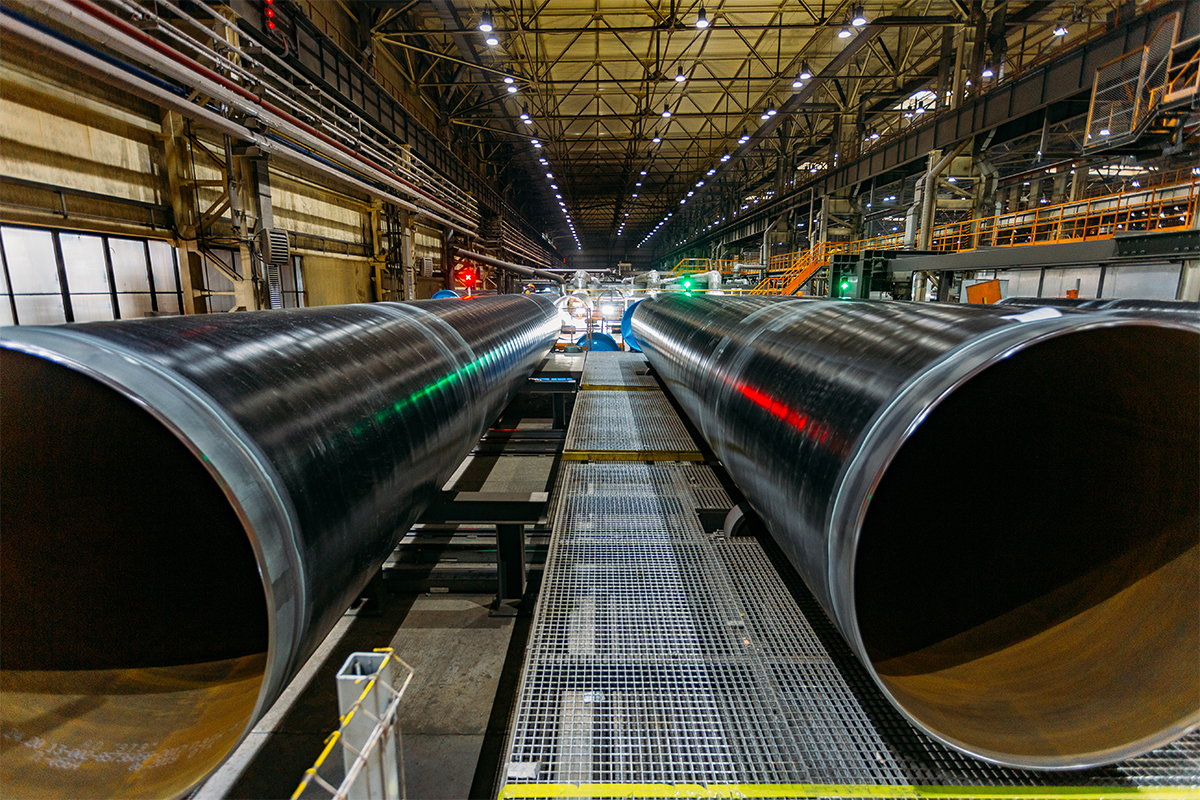
The unprecedented controllability sets the new technology apart
As code requirements keep tightening with respect to allowed lighting power density and the trend toward human centric lighting (HCL) has been accelerated, the inclusion of controls becomes the only viable solution to unlocking the full potential of LED lighting. LEDs are inherently controllable. Traditional light sources have long start/ restrike times and poor dimmability. They age prematurely under high switching frequencies. In comparison, LEDs respond instantaneously to on/off/dimming control signals and their life and lumen maintenance are not affected by short duty cycles. These semiconductor devices can be dimmed over the full range of intensity. This level of controllability allows them to easily and seamlessly integrate with sensors, processors and network interfaces, which overcomes many of the previously existing barriers to utilizing lighting controls. With the intelligence embedded in the lighting system or combined with intelligence provided by software in the cloud, smart high bay lights can respond to the variables that drive efficient energy use and automate the delivery of the correct amount of light. Within a multi-channel LED system, individual dimming control of different LED primaries brings tunable white lighting to the once monotonous applications. Tunable white lighting enables dynamic optimization of the spectrum and intensity of light to reproduce daylight and its dynamics, which in turn evokes particular human biological responses to support health, wellbeing, and key activities within a building.
Internet of Things (IoT)
The introduction of the Internet of Things (IoT) as the backbone for smart high bay lights creates yet another revolution. IoT-based smart lighting builds an ecosystem in which applications and services to support both energy management and human needs are driven by data collected from IoT devices that sense and interface with the physical world. The IoT device in this context is a smart high bay light or a senor that is designed as an embedded system. The IoT extends the Internet Protocol (IP) communication to high bay lights and other embedded systems. Operational technologies (OT) and information technologies (IT) work together in the IoT ecosystem and bring ubiquitous computing to resource-constrained lighting systems. This makes it possible to extract the context from local sensors and other data sources across the supersystem of interconnected building systems by applying various types of advanced algorithms. With contextual information about the user and the environment, smart high bay lights can interpret the environment they are exposed to and take actions to maximize energy effectiveness and occupant satisfaction. The interoperability driven by IoT transformation enables heterogeneous devices, applications, networks, and systems to collaborate with each other and allow more punctual control of the lighting infrastructure.
Digital networking
Smart high bay lights are individually addressable systems deployed on digital networks where commands and other information are communicated as digital binary messages. Digital networking enables control zoning and the implementation of other functions through software programming, rather than hard analog terminations. Flexibility is a significant benefit of digital networking. With software-based control zoning setup and rezoning, a lighting design can take advantage of numerous smaller zones to exhaust the energy savings potential of lighting controls. Digital networking not only ushers in an era of more granular control of lighting systems, but also creates a collaborative environment that allows every light to work with one another and execute sophisticated control algorithms. A smart high bay light assigned to different control zones can participate in different control events or to implement a control strategy that requires consecutive activation of individual lights within a geographical group. The ability to form conceptual control groups of lights without limitations imposed by electrical circuit loading also makes it possible for the lighting infrastructure to accommodate evolving space needs.
Connectivity platform
Historically, digital networking of high bay lights was based on wired connections. The Digital Addressable Lighting Interface (DALI) standard provides a simple, cost-effective solution to digital networking of individual fixtures. However, its small node capacity limits its use to granular lighting control as an edge solution. DALI can also be interfaced to various building management systems such as BACnet, LonWorks, KNX and Modbus to support a large-scale deployment, but installing dedicated control wiring for the wired data infrastructures is either too costly or physically not possible. Today’s smart lighting systems typically take advantage of the easy deployment of radio-frequency (RF) networks to perform wireless communication. The introduction of wireless mesh topology into digital networking allows for IoT devices to reach ubiquity. In a wireless mesh network, messages can be transmitted from the source to the destination via multiple intermediary devices. The multiple redundant paths increase the reliability of wireless networks. The self-managing capabilities lend wireless mesh networks plug-and-play simplicity in network operation and removing, replacing or adding new nodes to the network. Once a wireless network is established using the Bluetooth mesh or ZigBee Protocol, it can grow in range and scale to cover an ever-expanding area. Device-to-device communication imparts interoperability to the lights and sensors. Interoperability does not end at the boundaries of the mesh. Bluetooth mesh offers native Internet connectivity thanks to its unique full-stack approach. ZigBee devices can be connected to an IP network for device-to-cloud communication using an IoT gateway which transforms the messages between different communication protocols.
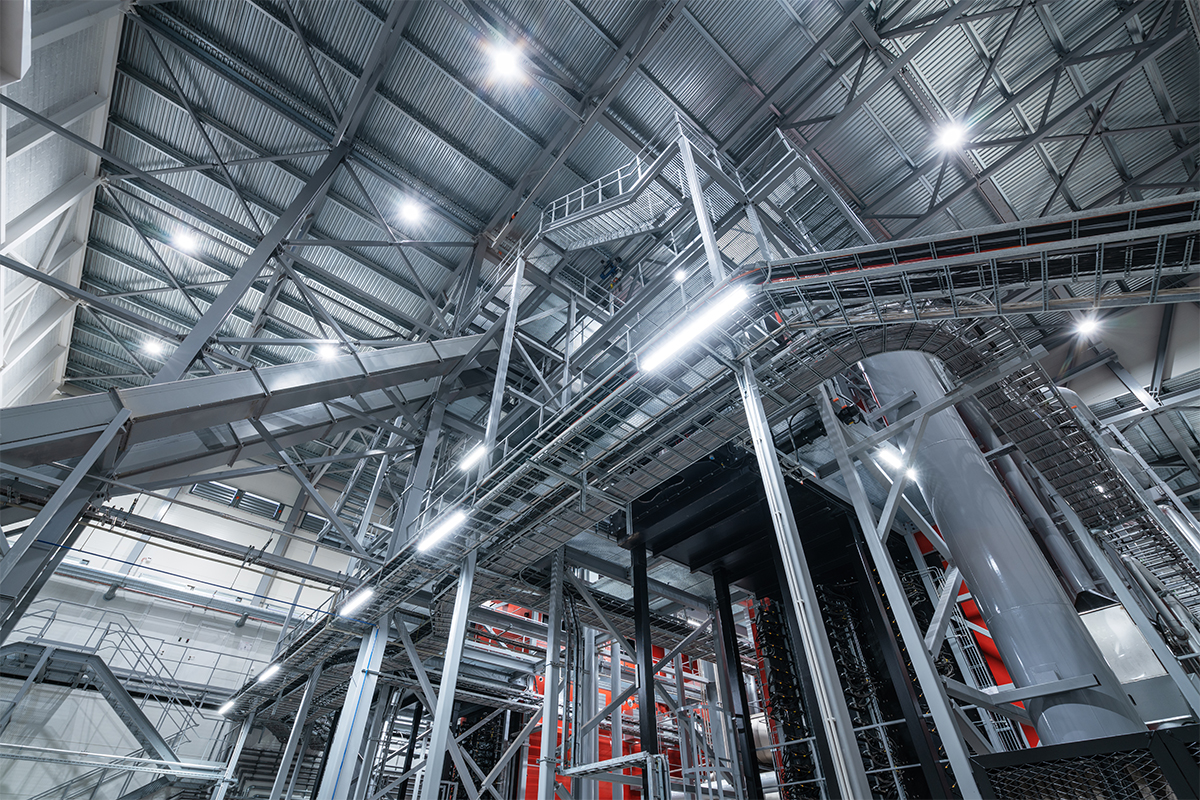
System integration and engineering
A smart high bay light is an embedded LED system with the operation of its light engine orchestrated by a digital controller. The design of an LED lighting engine for high bay applications is a multidimensional engineering work. LEDs are high-intensity, self-heating, current-sensitive semiconductor devices whose operation requires the synergy of the thermal management system, LED driver, and the optical system. Thermal management and drive current regulation are of particular importance to the performance and longevity of LEDs. The LED lighting engine is constructed with an LED module mounted in thermal contact with the heat sink. The thermal path design depends on the applied power load and the LEDs’ reactions upon thermal stresses. Preferably, high-power ceramic based LEDs or CSP LEDs should be used due to their robustness at high operating temperatures. However, there’s a proliferating use of polymer-based mid-power LEDs which have clear cost and efficacy advantages over ceramic and CSP LEDs. But in high power systems, these advantages usually fail to be converted to a lower life cycle cost either because of their poor lumen maintenance under high thermal and electrical stresses or due to the dramatic increase in the expense on thermal management. A typical thermal design for high bay LED lights makes use of a passive heat sink which dissipates heat into the surrounding environment through natural convection. Active cooling which uses forced air convection is employed to dissipate a thermal load that is beyond the full capacity of a passive heat sink.
LED driver
The LED driver is an active element that directly impacts LED life, LED quantum efficiency, system efficiency, and light quality (flicker). It also determines the controllability of a smart light, which relates to its dimming performance and electrical switch durability. High bay lights are operated by constant current LED drivers which typically incorporate switching-mode power supplies (SMPS) to provide line and load regulation. The LED driver converts alternating current (AC) line power to direct current (DC) power of a magnitude compatible with the LED packages. It must respond to the changing needs of the LED load and handle the interaction between the LED junction temperature and forward voltage appropriately to ensure a stable lumen output. Tight drive current regulation is a necessity in order to avoid operating LEDs at elevated currents which can cause efficiency droop and increased junction temperature. The LED driver needs to protect LEDs against line voltage fluctuations which are a known problem in industrial settings. Large ripples, which can cause LEDs to flicker, must be filtered in the output current provided to the LED load. LED dimming is performed through either pulsed width modulation (PWM) or constant current reduction (CCR). In many advanced driver configurations, the constant light output (CLO) functionality is incorporated to compensate for the depreciation of luminous flux over time. Two-way communication through wireless networks allows facility managers to monitor the energy consumption of the LED driver, the junction temperature of the LEDs, and other information about the system status.
Light controller
The “brain” or digital controller of a smart high bay light is generally a system-on-a-chip (SoC) which comprises of all the functioning blocks for receiving and processing data, making decisions, and communicating with IP-based control devices, IoT platforms, and other smart devices and systems. The SoC is an integrated assembly of a microcontroller (MCU) and a radio transceiver. The microcontroller is a small, low power computer that contains a central processing unit (CPU), on-board memory (RAM & program memory), input/output (I/O) ports, timers and counters. The embedded software or firmware which is written into the program memory of an MCU contains all the digital instructions for the smart light to deliver its correct control function and run the network stack. The radio transceiver is composed of an RF Transmitter and an RF Receiver which send and receive, respectively, modulated radio signals through the air at a designated frequency. Occupancy control and daylight harvesting are activated by luminaire-integrated sensors or based on the collective intelligence. When operated with luminaire-level lighting controls, the MCU accepts sensor inputs through an analog-to-digital converter (ADC).


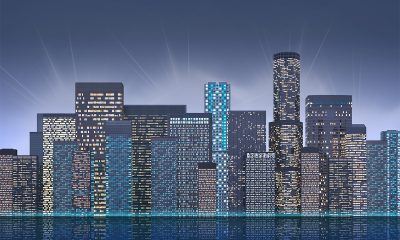


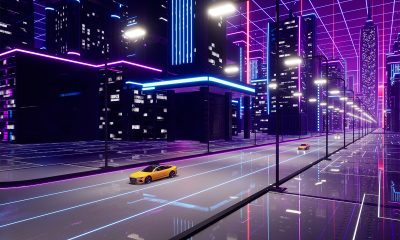
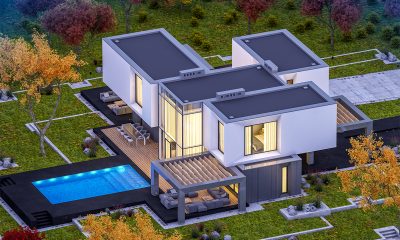

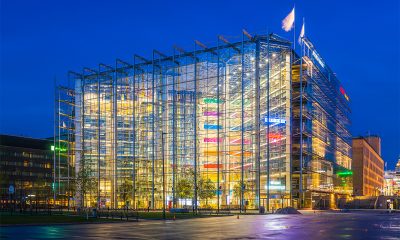

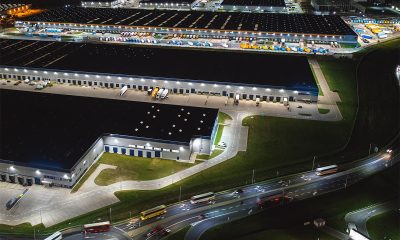

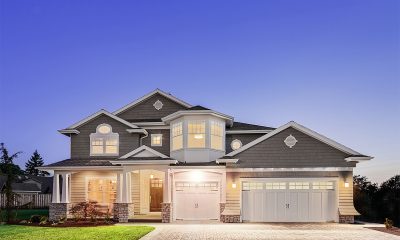
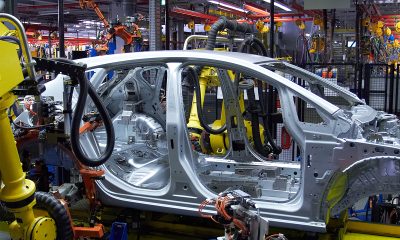





Loading...